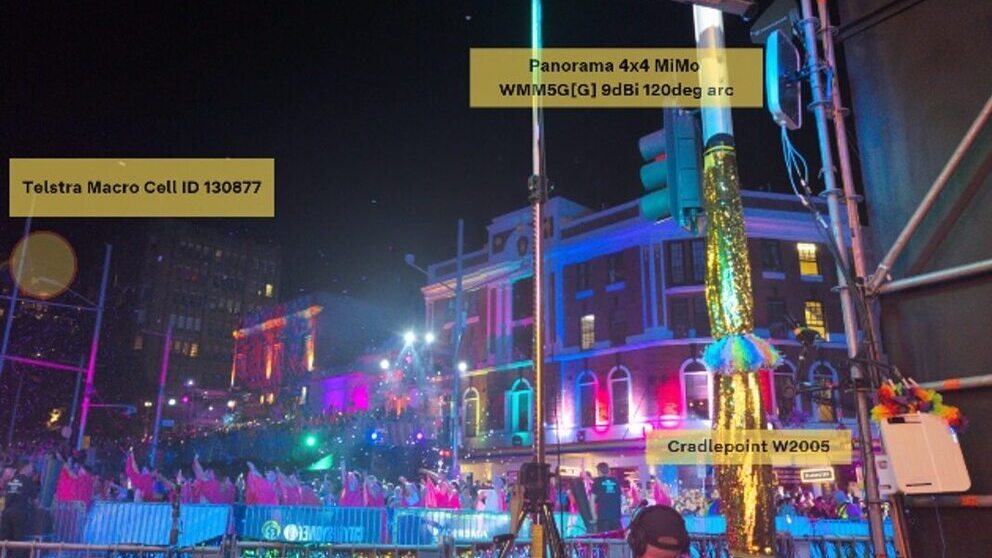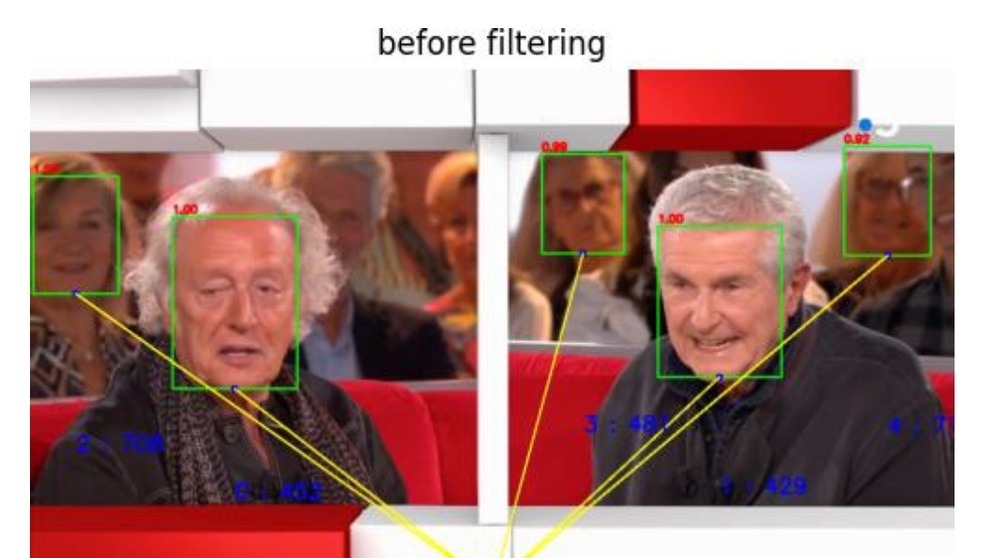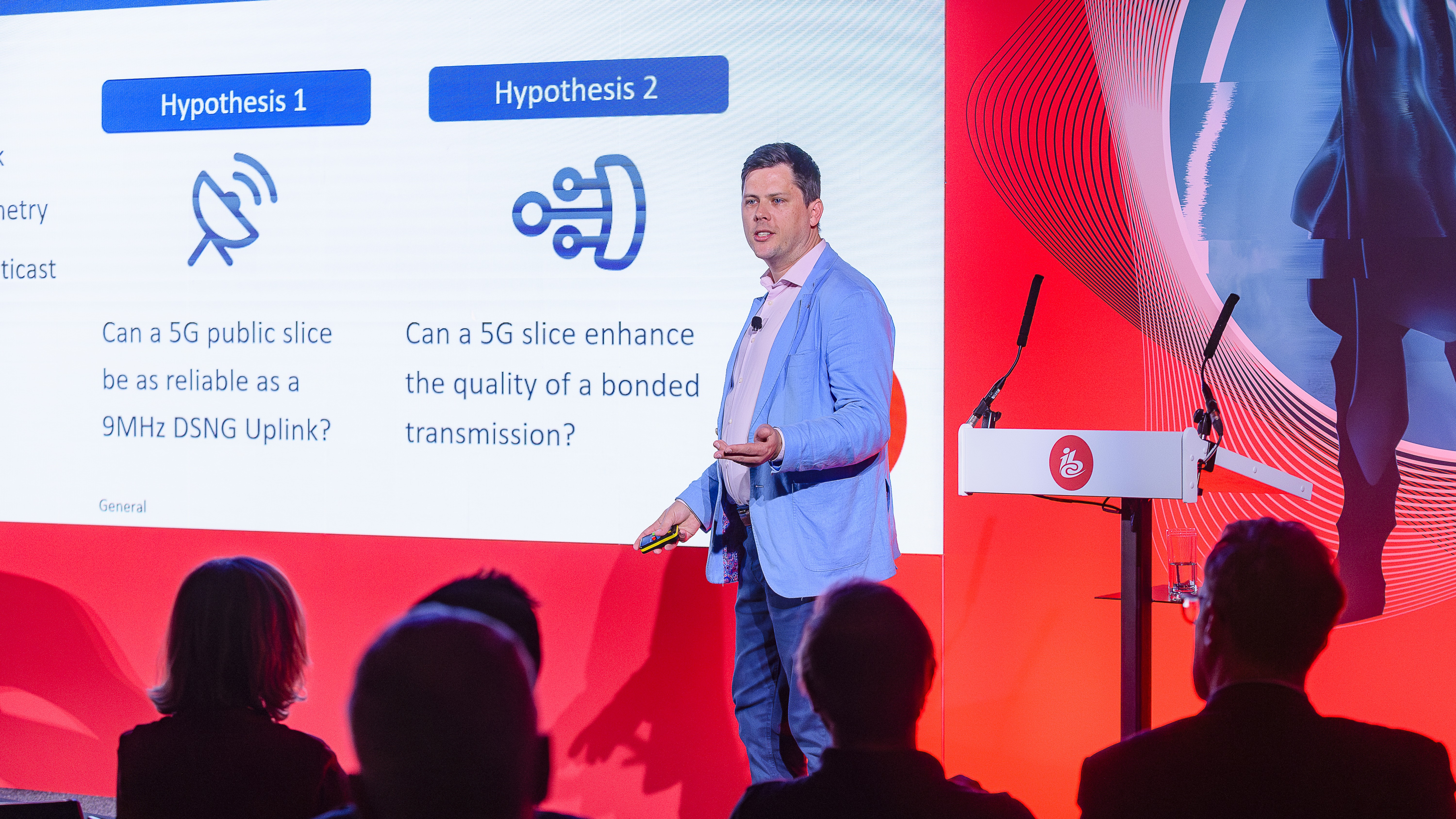This paper examines the technical details of trials following the evolution from LTE QCI-driven prioritisation and scheduling, through the impact of Radio Resource Scheduling, and the realisation of slicing through the User Equipment Route Selection Policy.
Spanning a period of over 24 months, telecommunications and broadcast services provider Telstra has conducted multiple trials alongside national broadcasters and sports producers, exploring the use cases, workflow, viability, and efficacy of advanced slicing techniques on the public sub-6GHz 5G network. These trials covered major events, live sports, and other similar contribution use cases and demonstrated the positive impact of slicing on feed stability and availability, particularly in areas of high network congestion.
This paper examines the technical details of trials following the evolution from LTE QCI-driven prioritisation and scheduling, through the impact of Radio Resource Scheduling, and the realisation of slicing through the User Equipment Route Selection Policy. The paper then highlights...
You are not signed in.
Only registered users can view this article.

IET announce Best of IBC Technical Papers
The IET have announced the publication of The best of IET and IBC 2024 from IBC2024, once again showcasing the groundbreaking research presented through the papers. The papers have been selected by IBC’s Technical Papers Committee for being novel, topical, analytical and well-written and which have the potential to make a significant impact upon the media industry. 327 papers were submitted this year, and after a rigorous selection process this publication features the ten papers deemed by the judges to be the best.

Technical Papers 2024 Session: 5G Case Studies – public network slicing trials and striving for low latency
In this session from IBC2024, Telestra Broadcast Service and the BBC present their work 5G Case Studies as part of the IBC Technical Papers.

Technical Papers 2024 Session: AI in Production – training and targeting
In this session from IBC2024, three authors from NHK, Viaccess-Orca and European Broadcasting Union present their work on the application of AI to media production as part of the IBC Technical Papers.

Technical Papers 2024: Audio & Speech – advances in production
In this session from IBC2024, two authors present their work on Audio Description and implementing Audio Definition Model as part of the IBC Technical Papers.

Technical Papers 2024 Session: Advances in Video Coding – encoder optimisations and film grain
In this session from IBC2024, IMAX, MediaKind, Fraunhofer HHI and Ericsson present their work on video coding, as part of the IBC Technical Papers

